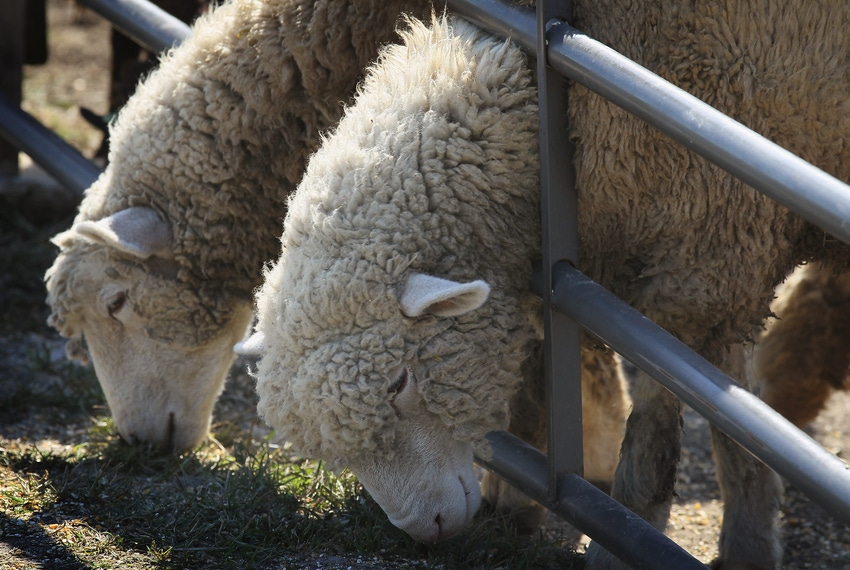Carbon, water footprints estimated for sheep production
Study is first to look at carbon footprint of California sheep industry and consider both wool and meat production across diverse systems.

While the environmental impacts of livestock production — using such metrics as greenhouse gas emissions and water usage — have been studied for the major U.S. livestock production systems, the environmental impact of U.S. sheep production is still unknown, according to a new research article published in the February issue of the Journal of Animal Science.
Holland C. Dougherty, James W. Oltjen, Frank M. Mitloehner, Edward J. DePeters, Lee Allen Pettey, Dan Macon, Julie Finzel, Kimberly Rodrigues and Ermias Kebreab with the University of California-Davis and University of California Cooperative Extension conducted a cradle-to-farm-gate life-cycle assessment analyzing the impacts of California sheep production representing five different meat sheep systems in the state and focusing on carbon footprint and irrigated water usage.
This study is the first to look specifically at the carbon footprint of the California sheep industry and consider both wool and meat production across the diverse sheep production systems within California, the researchers said, noting that the carbon footprint of hair sheep was explicitly examined and compared with wooled sheep production.
Data were derived from producer interviews and literature values, and California-specific emission factors were used wherever possible, Dougherty et al. said. Flock outputs studied included market lamb meat, breeding stock, two-day-old lambs, cull adult meat and wool.
According to the researchers, the carbon footprint of market lamb production ranged from 13.9 to 30.6 kg of carbon dioxide equivalents per kilogram of market lamb production on a mass basis, from 10.4 to 18.1 kg of carbon dioxide equivalents on an economic basis and from 6.6 to 10.1 kg of carbon dioxide equivalents on a protein mass basis.
Enteric methane production was the largest single source of emissions for all sheep systems, averaging 72% of total emissions. Emissions from feed production averaged 22% in total, primarily from manure emissions credited to feed, according to the researchers.
Whole-ranch water usage ranged from 2.1 to 44.8 metric tons per kilogram of market lamb, almost entirely from feed production, the researchers reported.
Dougherty et al. noted that their overall results were in agreement with those from meat-focused sheep systems in the U.K. as well as beef raised under similar conditions in California.
About the Author(s)
You May Also Like


.png?width=300&auto=webp&quality=80&disable=upscale)
